chayuxian specialty
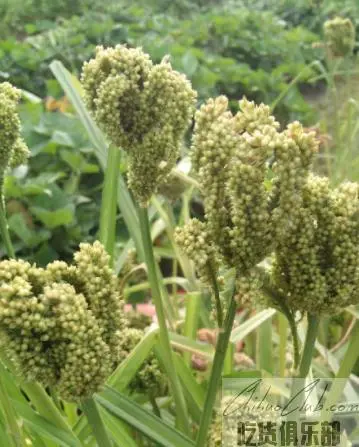
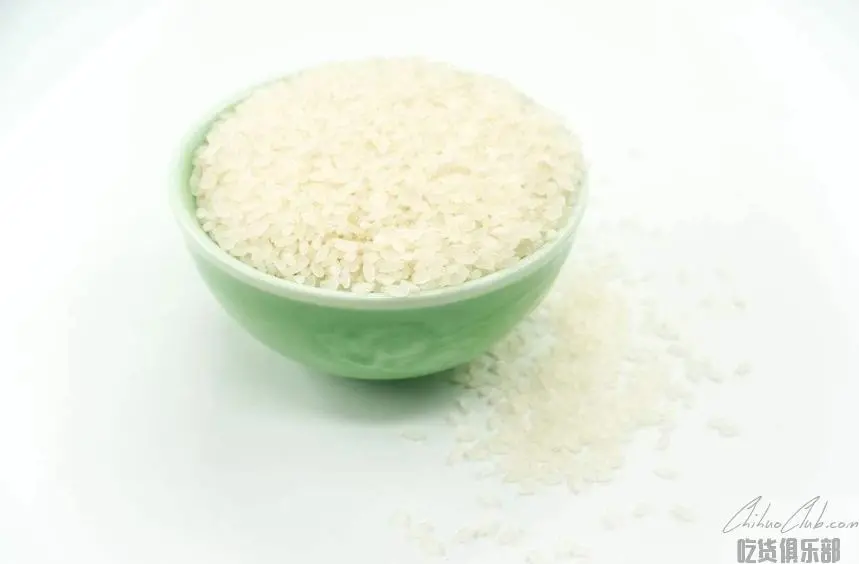
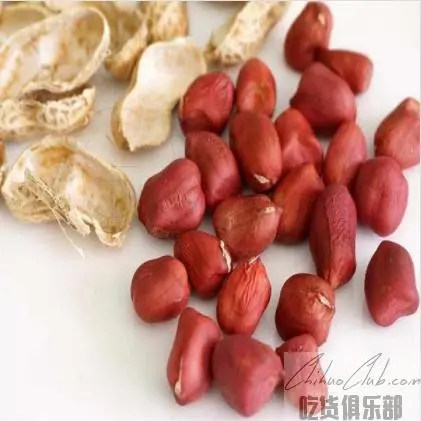
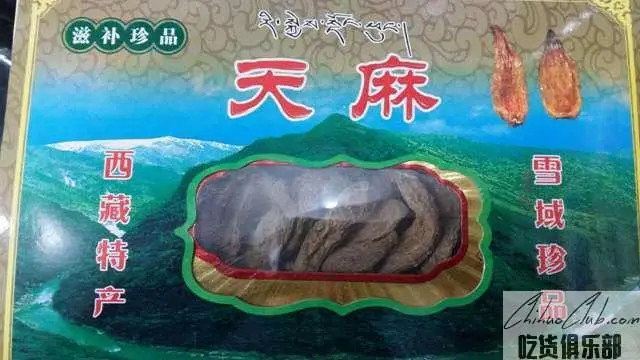
Linzhi Tianma is Wutianma, which is produced in the pollution-free environment at an altitude of 1800 meters to 3,500 meters in Linzhi City, Tibet. Because it grows in the special environment of high altitude, large temperature difference and strong sunlight, its active ingredients and biological activity are much higher than those produced in other regions. The gastrodin of Linzhi Tianma is more than 0.72%.
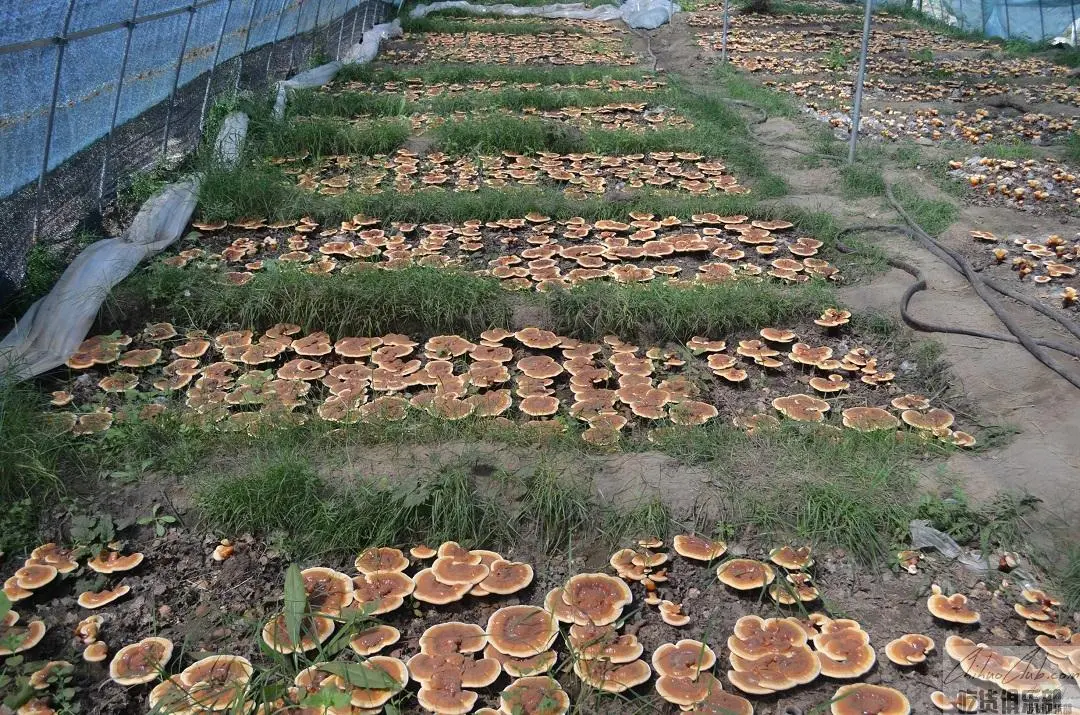
Linzhi Lingzhi is a white meat Linzhi produced in the green and pollution-free environment of Linzhi City, Tibet, at an altitude of 1200 meters to 3,500 meters. Because of its special environment for high altitude, large temperature difference and strong sunlight, its active ingredients and biological activity are much higher than other similar drugs, which can effectively expand coronary arteries, increase coronary blood flow, and improve myocardial microcirculation. Enhance the supply of oxygen and energy to the body and improve the immune function of the body. As early as 1700 years ago, the folklore of the Chinese people was able to return to life and was widely used in traditional Chinese medicine and Tibetan medicine treatment.
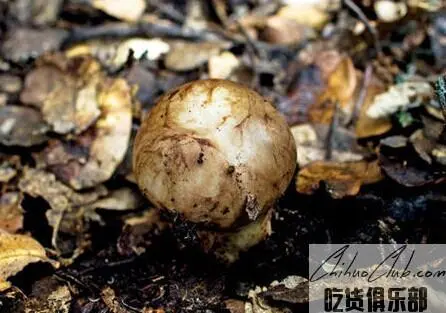
Linzhi Matsutake mushroom is rich in fat, rich in aroma, rich in nutrients, contains a variety of amino acids, unsaturated fatty acids and essential trace elements, vitamins, dietary fiber, a variety of active enzymes, including the unique anti-cancer substance - Matsutake alcohol, is the country Two rare wild edible mushrooms. The average annual output of Linzhi Matsutake is more than 600 tons, and the quantity of commodities is about 550 tons. Because of its unique edible value, it is well received by the people inside and outside the country.
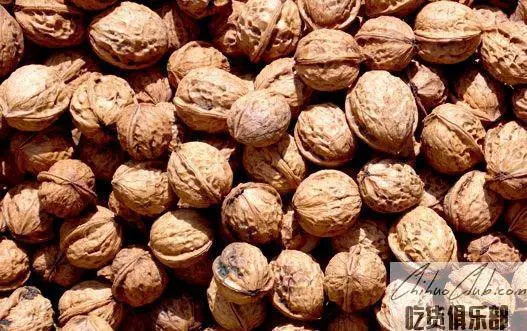
Linzhi County (now Bayi District) in Tibet has a rich history of walnuts for thousands of years. It is planted in the fields and in front of the house. The seven thousand or eight-year-old trees are everywhere, and the landscape is unique. There are more than 10 varieties of ghee walnut, sparrow walnut, iron walnut, etc., which are famous for their thin skin, large size, tender meat, full flesh and flavoury sweetness. It is a tribute of the Dalai Lama and the Daguan of the past. It can complement the brain fitness. It is an excellent dried fruit and an important Chinese herbal medicine. At the same time, the walnut wood is fine and solid, and the texture is beautiful.
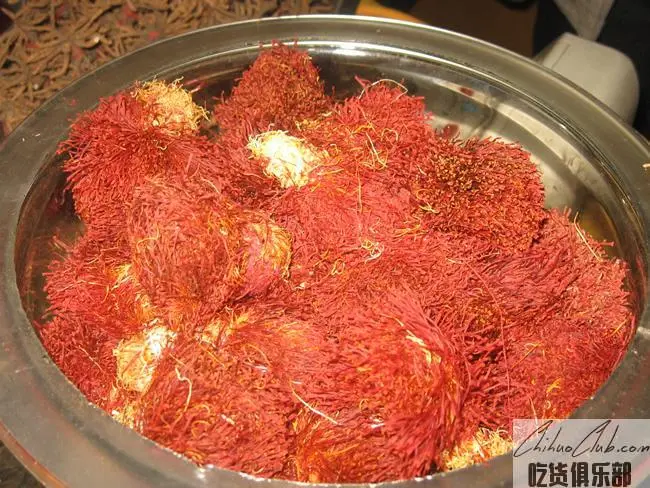
The price of saffron is very expensive and has the reputation of “red gold”. Its unique scent has a very comfortable feeling, and its brewed water is golden yellow, bright and noble, once known as the color of the emperor. The saffron was originally produced in the Western Regions, hence the name saffron. Later, it was introduced to India from the Mediterranean coast. It was also a saffron, and it was introduced into China from India through Tibet. It is also called saffron. In fact, Tibet did not produce saffron in early years. The success of introducing saffron in Shannan, Lhasa and Changdu areas has been a success in recent years.
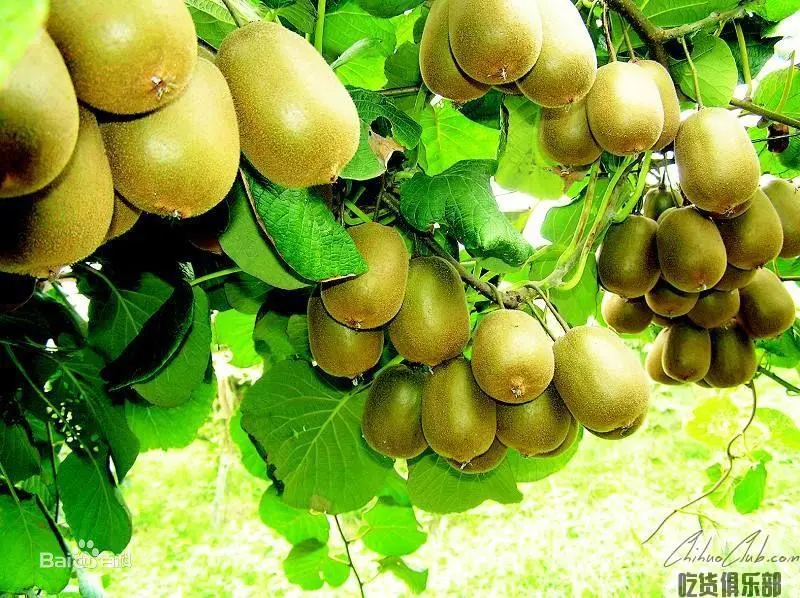
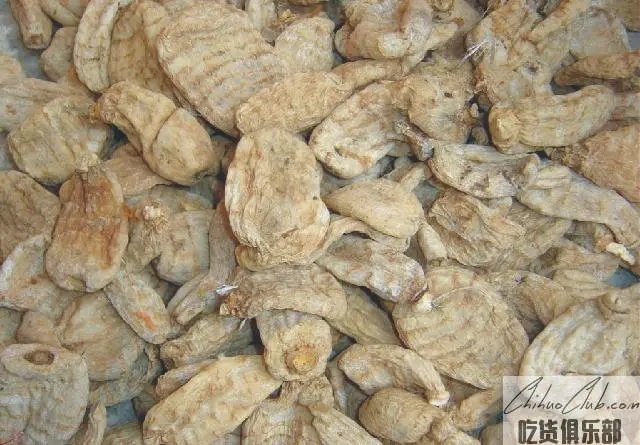
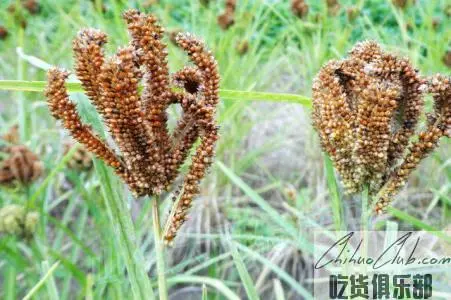
Dragon claws are a staple food for Africa and India. They can be used as bread and bread and porridge, as well as beer. The stalk can be basketed, capped, etc. and can be used as raw material for papermaking. Dragon claws, also known as chicken claws, ducks from the millet, African crickets, scorpions. A tropical drought tolerant cereal crop. Different places are called in China, such as scorpion, duck foot millet (Guigang City, Yulin City, Guangxi), Chicken Claw Valley (Tibet), Guangsu or Quantou (Hainan Island), Dragon Claw, Dragon Claw, Chicken Claw, Eagle Claw millet, duck claws, alkali valley, African cockroach, etc.

Inspect rice for the protection of national geographical indications. The rice is clear, nutritious and rich in flavor.